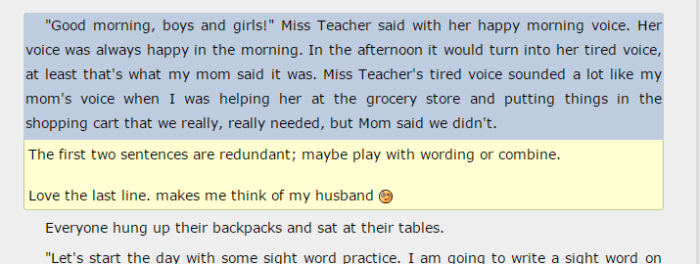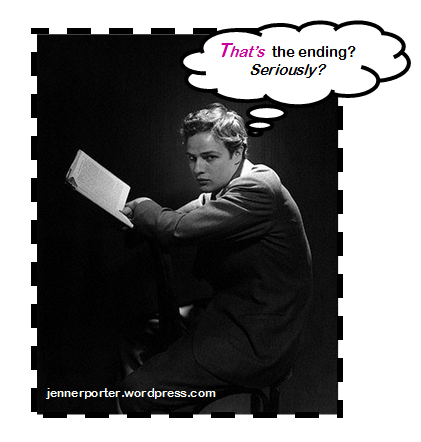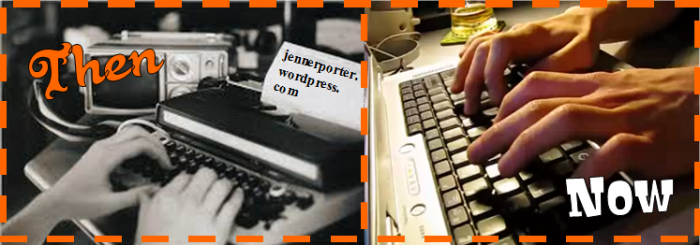The most frustrating part of painting to me is showing someone what I’m working on – mid-process. Kids are always the most honest.
“It’s kind of messy, Mom,” said my son, then five years old. He tilted his head to the side, squinting at my painting.
“I’m still working on it, bud. It’ll look a lot better when it’s done.”
“It will?”
“Yup. Just trust me. I’ve done this lots.”
He trusted me. That’s what five year olds do. And once it was done he did like it – even kept it on his dresser for years after that.
This story came to mind while I was stressing about one manuscript I had yet to finish. I had restarted it three or four times, but never completed it for one embarrassing reason – I didn’t know how to write a rough draft. Not really.
A rough draft is suppose to be just that, rough. It’s meant to have phrases you aren’t sure how to complete, scenes that feel off, characters that feel flat, plot holes so big you could fall into them. I was looking at my unfinished manuscript as “messy” and instead of allowing myself to make a mess sketching out the basic lines of the story, I was trying to skip ahead and get a finish product my first time through.
Impossible.
The first draft gives us, as the writer, a chance to discover the story ourselves. This is true whether you plot out your stories beforehand or not – there will always be aspects to your plot and your character you’ll be discovering for the first time. Pausing to edit and perfect during the rough draft shuts off the pure artistic flow that comes when a writer is in the “zone.” Write now… only write. Edit later.
For you visual learners, like me, let’s look at the idea this way.
Images from www.metmuseum.org

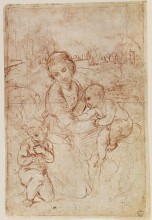
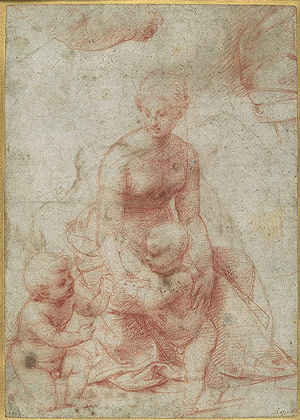

Lois Lowry, the author of “The Giver” said when she writes a rough draft that she often scribbles down a variety of words that might fit in a certain sentence and goes back to find the right one during the editing process. I think that’s brilliant. She gets her thoughts on paper, but waits to polish it up once the story is ready for that step. Not before.
So, to all you other perfectionist writers, I encourage you to let go and let your rough drafts be messy. Very, very messy. Stop worrying about that flat character, or that scene that just doesn’t feel right. First get your story on paper – the whole, messy story. Then, and only then, go back and work that sketch into the masterpiece in your head.
What’s the trickiest part of the writing process for you?
Like Writing? Follow Me 🙂

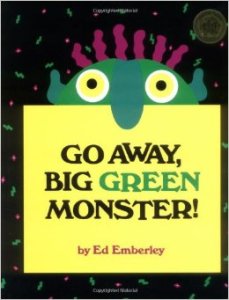
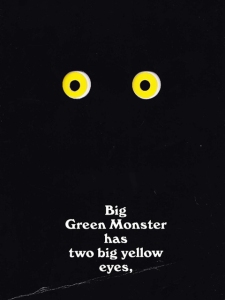
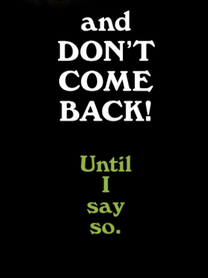


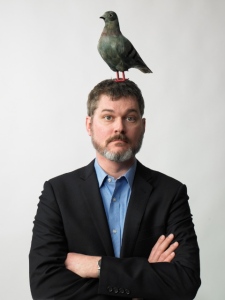
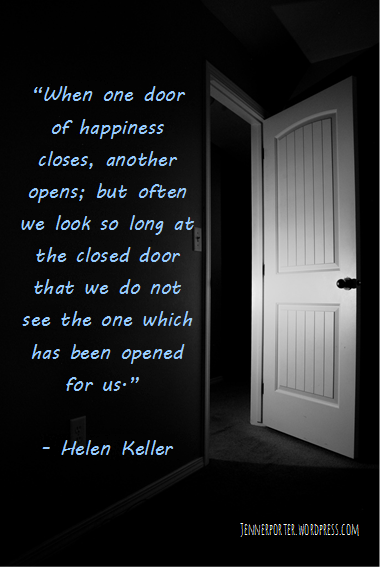

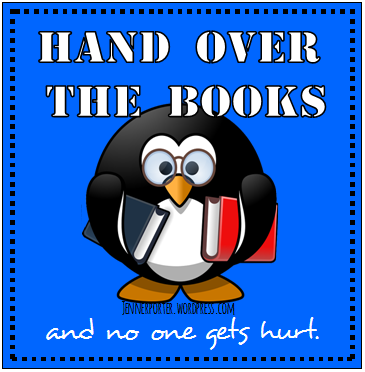


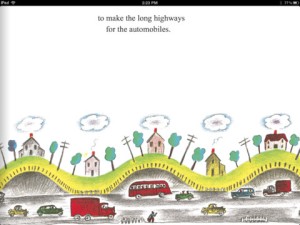 I read this book countless times as a child in the 80’s. While the book was old to me then, and is even older to students now – I still think the pencil sketches are timeless – just like the story.
I read this book countless times as a child in the 80’s. While the book was old to me then, and is even older to students now – I still think the pencil sketches are timeless – just like the story.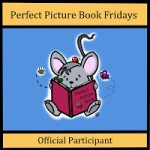


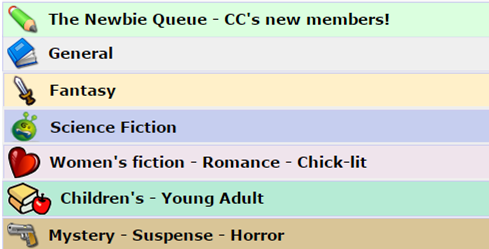 to critique from and post your work to any queue you’d like. At first, I preferred to stick to posting my work in the “Newbies” queue which lets others on the site know you’re new to this. There is limited time to post here, but I recommend you use it while you can. After that, I recommend you find your genre(s) and stick to reading and posting there since you’ll find writers with similar interests who have more experience in your type of writer (makes their critiques much more helpful).
to critique from and post your work to any queue you’d like. At first, I preferred to stick to posting my work in the “Newbies” queue which lets others on the site know you’re new to this. There is limited time to post here, but I recommend you use it while you can. After that, I recommend you find your genre(s) and stick to reading and posting there since you’ll find writers with similar interests who have more experience in your type of writer (makes their critiques much more helpful).